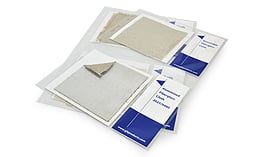It is not unusual for someone to find disappointment after installing “soundproof" foam, blankets, or panels (ask any search engine for examples), only to discover that while the sound quality inside of the space has changed, the sound entering or escaping has not. The problem is that it is not actually "soundproof."
Read More
Topics:
mechanical piping systems,
insulation system,
Mechanical Insulation Systems,
mechanical insulation properties,
PVC Jaketing
When you hear the word pollution, what immediately comes to mind? Maybe water, air, or even soil, but have you ever considered noise? Noise pollution is a serious issue that can have adverse effects on your health, affecting the human body in 3 main ways: Physical, Physiological, and Psychological.
Read More
Topics:
Acoustics,
Industiral Insulation,
insulation system,
Acoustical Insulation
Pipe insulation requires a protective layer to prevent contamination that would otherwise destroy the integrity of the insulation. The methodology of protecting insulation has changed over the years, and PVC (Polyvinyl chloride) has become an industry standard and preferred product used by insulation contractors world-wide.
Read More
Topics:
Fabricated Pipe Insulation,
Industiral Insulation,
Jacketing systems,
insulation system,
PVC Jaketing
At GLT Products we provide a variety of pipe insulation solutions. Any insulation material has to be covered with some form of metal or PVC jacketing. Whether the insulation is indoor or outdoor, it cannot be left exposed to moisture, weather, or UV rays. Luckily, we offer an expansive line of stainless steel and aluminum metal jacketing and banding for use in any commercial and industrial insulation applications.
Read More
Topics:
Volunteer Metal Systems,
insulation system,
Aluminum,
metal jacketing,
Stainless Steel Jacketing,
Aluminum Jacketing
While we offer multiple industrial insulation solutions, there is one option that is ideal for use on large diameter pipes and vessels. When compared to segmented products, Radial Wrap™ rolled fiberglass insulation offers many of the same insulating properties but is far more flexible, simpler to install, and offers our customers a great alternative solution.
Read More
Topics:
Pipe and Tank Wrap
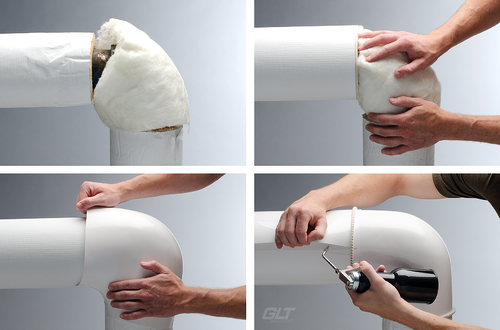 PVC fitting covers and jacketing are innovative materials that have found a home in piping applications for the industrial insulation industry. PVC stands for Polyvinyl Chloride and is a widely used plastic that is vital to our everyday lives.
PVC fitting covers and jacketing are innovative materials that have found a home in piping applications for the industrial insulation industry. PVC stands for Polyvinyl Chloride and is a widely used plastic that is vital to our everyday lives.
Read More
Topics:
Fabricated Pipe Insulation,
insulation system,
insulation installation,
PVC Jaketing
Insulation jacketing is an outer covering that is wrapped around tubing or pipe insulation to shield the insulation from moisture, wear, and mechanical damage. Insulation jacketing plays a vital role in the productivity and effectiveness of the mechanical insulation.
When selecting a jacketing one must consider the mechanical, chemical, thermal, and moisture conditions of the installation as well as cost and aesthetics requirement.
Read More
Topics:
Jacketing systems,
Mechanical Insulation Systems,
PVC Jaketing,
metal jacketing,
Stainless Steel Jacketing,
Aluminum Jacketing,
Weather Barrier,
Mechanical Abuse Coverings
Stone wool, also referred to as mineral wool, has been produced naturally since the beginning of the nineteenth century. The natural, sustainable material has significant advantages over other insulation materials.
We have broken down the power of stone wool into six strengths that are inherent in the versatile properties of this industrial insulation material. The six strengths found below help commercial and industrial facilities address some of the biggest application challenges.
Read More
Topics:
Industrial Mechanical Insulation,
Mineral wool,
mechanical insulation,
industrial insulation,
insulation properties,
stone wool insulation,
strengths
While the compliance officer does not have the authority to issue citations or penalties, the final authority lies with the OSHA area director. Should OSHA choose to issue citations and financial penalties, you should expect correspondence within a few weeks. OSHA must generally issue citations within six months of the occurrence of any violations.
This post will highlight the steps you must take after you receive an OSHA citation on penalties and violations found during your inspection.
Read More
Topics:
OSHA,
inspection,
OSHA Inspection,
worksites,
investigation,
hazardous areas,
OSHA inspector,
facility,
facility walk through,
citation


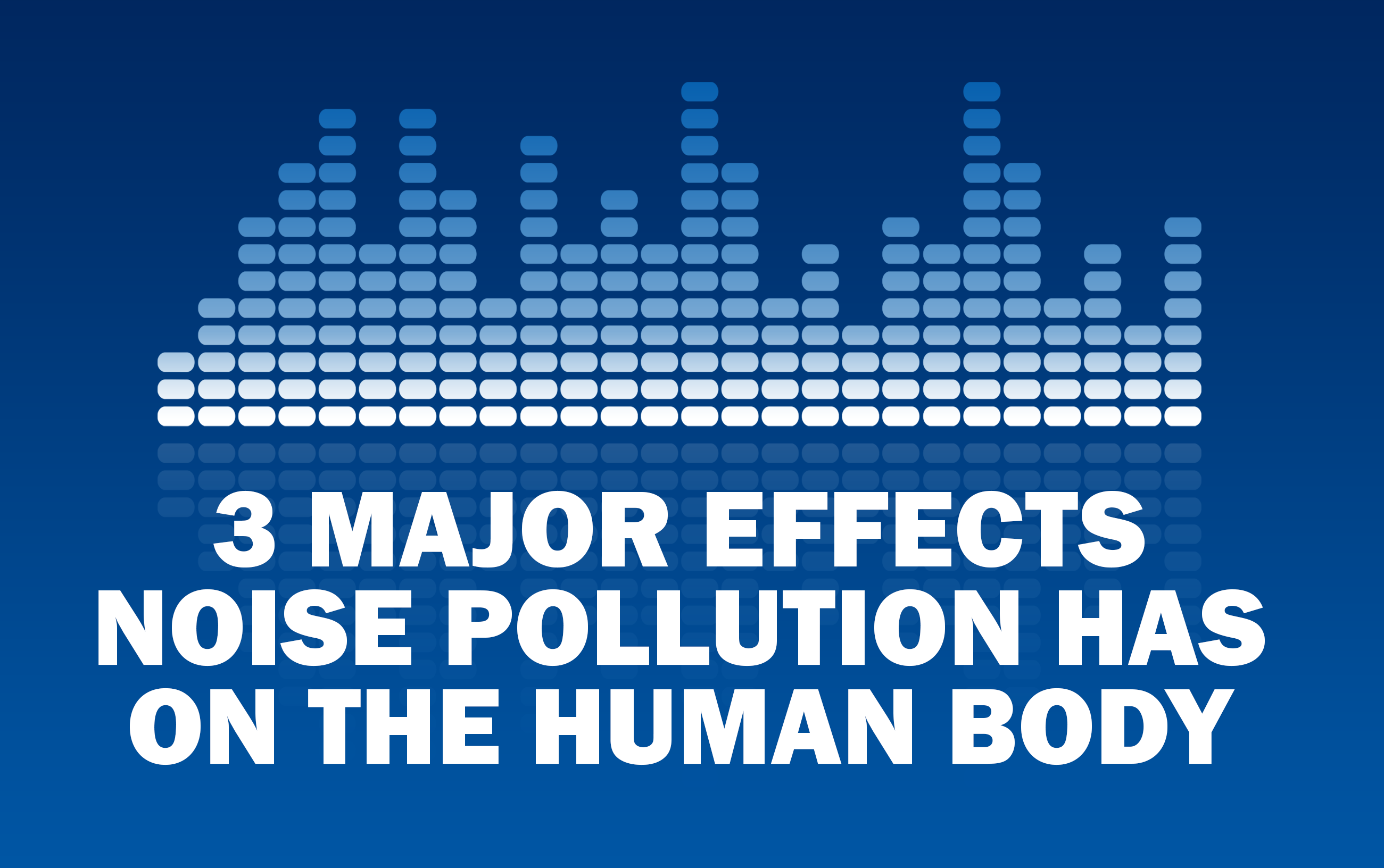
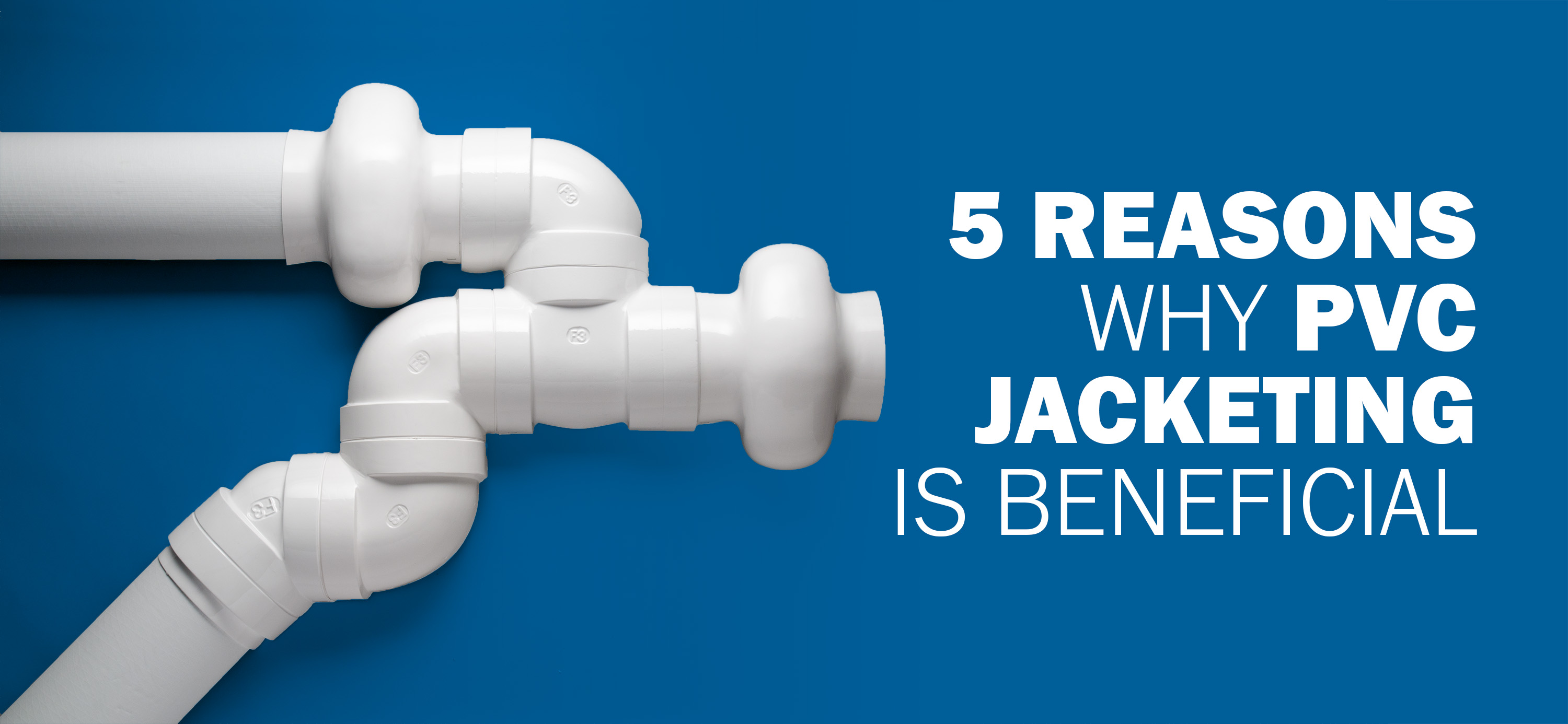
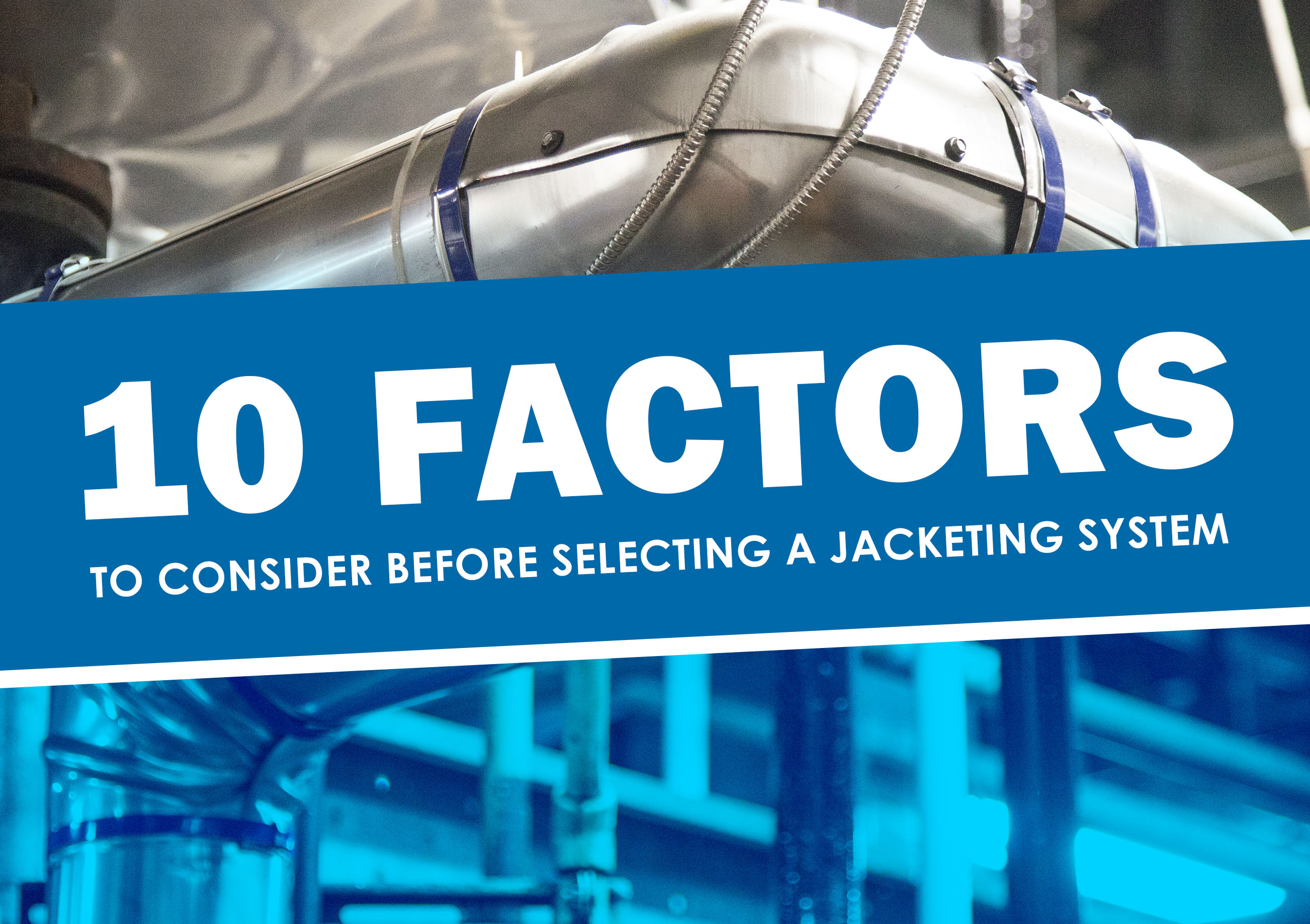
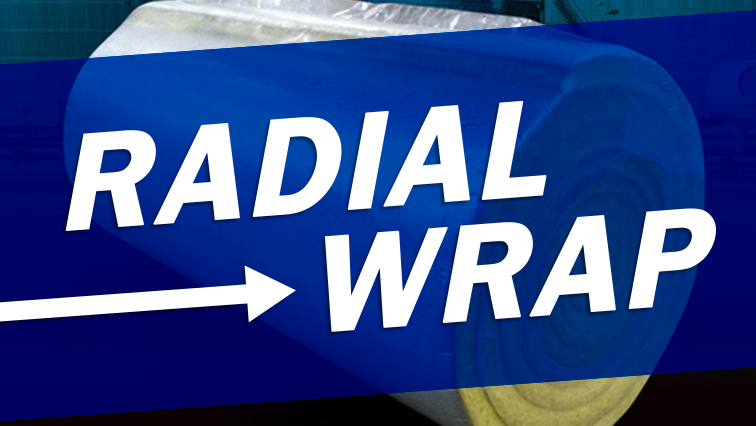
 PVC fitting covers and jacketing are innovative materials that have found a home in piping applications for the industrial insulation industry. PVC stands for Polyvinyl Chloride and is a widely used plastic that is vital to our everyday lives.
PVC fitting covers and jacketing are innovative materials that have found a home in piping applications for the industrial insulation industry. PVC stands for Polyvinyl Chloride and is a widely used plastic that is vital to our everyday lives.


